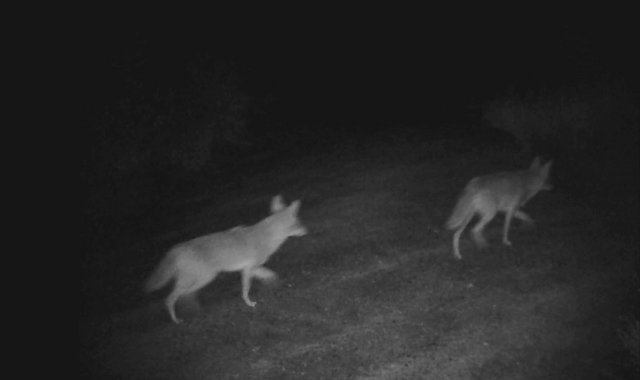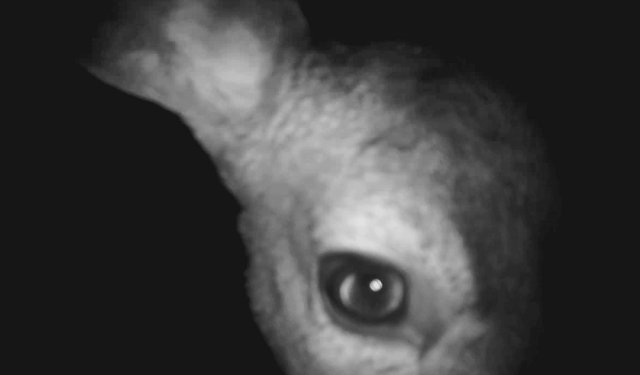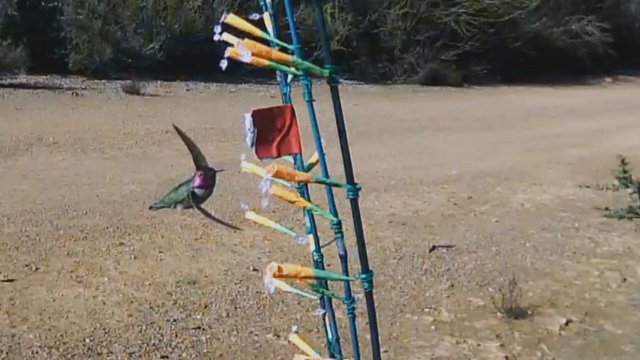As a science journalist, I receive multiple press releases every day. Their topics can range from food recalls from the U.S. Food and Drug Administration to the launch of a new camera that detects dark energy to new genetic research about how a rare cheetah got its stripes. Some catch my attention and others are easily deleted. Some, I'm afraid, get missed completely.
Luckily, this was not the case with an innocent-looking press release sent from the Stanford News Service to our KQED Science News inbox back in early June, 2012. The header was, "Caught on tape: The nightlife of animals at Stanford's Jasper Ridge preserve". I was intrigued. Ever since I had the chance to track mountain lions in the Santa Cruz mountains with researcher Chris Wilmers who employs motion-activated cameras to "trap" his elusive prey, I've been interested in this technology.

The solar-powered cameras at Stanford's Jasper Ridge Biological Preserve – a 1,200 acre research site located in the Santa Cruz Mountains, 3 miles west of the Stanford campus- automatically record video or photographs when a creature is in the vicinity; night vision means the scientists never miss a moment. The researchers have an opportunity to observe animals going about their usual business, away from the world of human disturbance.The animals seem so comfortable walking around in the shroud of darkness and with the possible exception of the curious deer, so completely unaware that they are being watched by a bunch of scientists.

The video press release, produced by Steve Fyffe of the Stanford News Service, gives us a sense of the great diversity of wildlife at Jasper Ridge through secret footage of bobcats, deer, mountain lions, hummingbirds, skunks, coyotes, opossum, jackrabbits and several others. It's fun to think about all these wild animals roaming around a few miles away from the Stanford campus.
Fyffe has also interviewed the researchers who are using the camera traps to learn more about the behavior of the creatures of interest to them. Assistant Professor Tadashi Fukami studies hummingbirds. The cameras have allowed his team to make subtle observations they had missed before. "By using the cameras we realized that hummingbirds like to go to the unopened flowers," Fukami said. "We used to assume that they waited for the flowers to bloom, but they like to poke into unopened flowers to get fresh nectar."

Videos and photos are instantaneously uploaded, thanks to a new wireless network infrastructure that covers almost the entire preserve.
